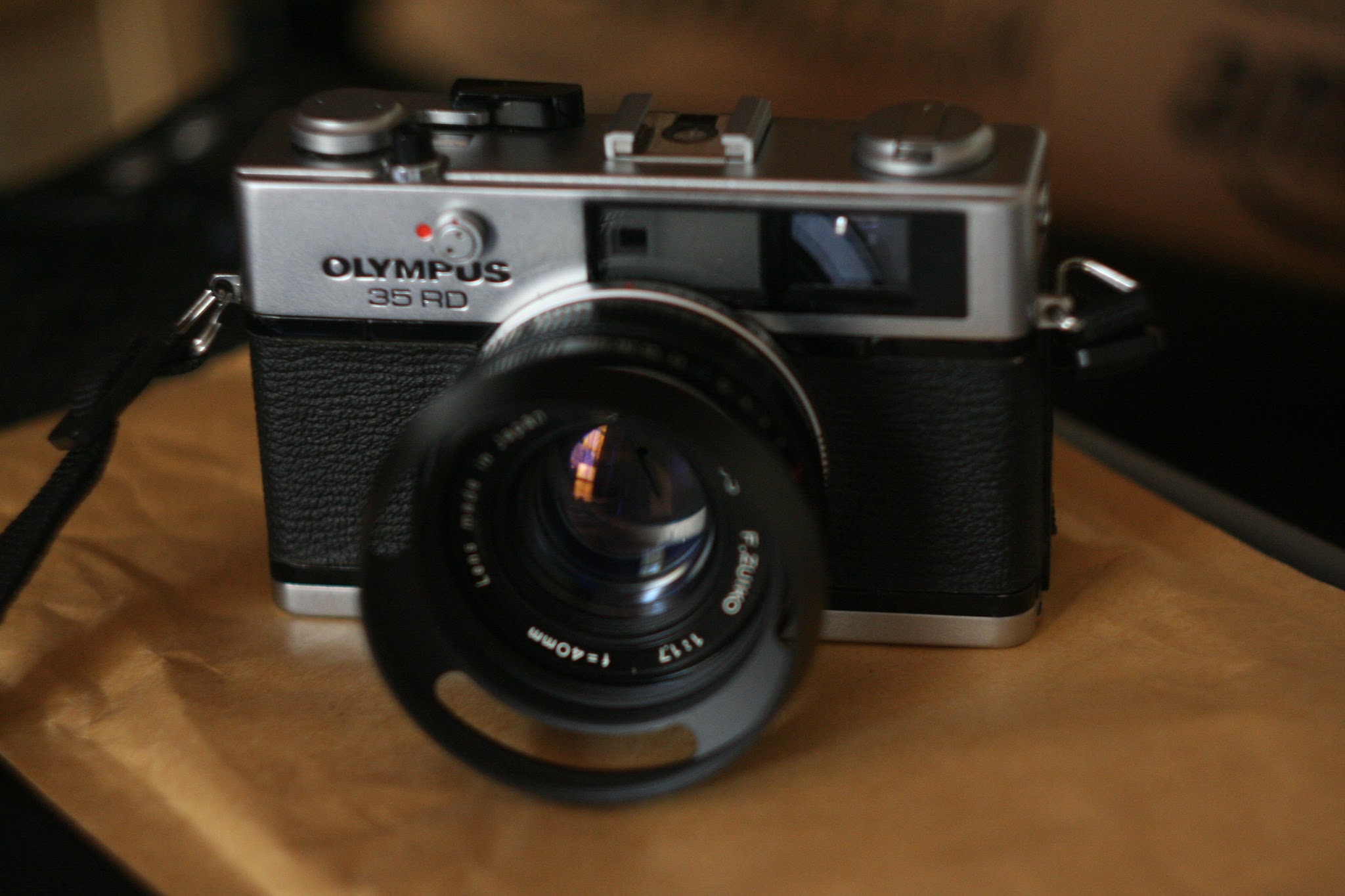boots 500AF - part 1
Much displeased am I to report that my nostalgia project isn’t going as smoothly as I expected. Why is it that in a mostly plastic camera, one of the only metallic parts turned out to be the least durable? The source of my said displeasure is a thin little strip of metal. Thus the story goes.
Camera number 3 finally. I was excited about this one, as it was my first ‘good’ camera. Branded ‘Boots 500AF’, it has a 34mm f4.3 autofocus (hence the ‘AF’) lens. Come to think of it, both the 34mm (as opposed to 35mm) and f4.3 (rather than f4) are quite obscure values for a film point and shoot. I have no way of telling, but I assume the ‘500’ in the name denotes the maximum shutter speed of 1/500 the camera can achieve, but that’s pure speculation on my part. It has an auto flash, and the lens does a faux zoom action when turned on. Very cool indeed. I read somewhere that it was a rebranding of some Japanese camera, but again, I have found no evidence of this.
Oh how I loved this camera back in the day. To be honest, I’m not sure why I stopped using it. It was the camera I had when I bought my first digital camera when they finally became affordable. Back then, a 2 megabyte sensor was NO match for 35mm film in any way, shape or form. So naturally, I used the digital camera for everyday, non-serious, messings-about, while this 'legendary’ little thing was reserved for important occasions such as graduations, birthdays and so on. Even by today’s standards, I look back fondly at some of the photos I took with the camera.
I could see there was an unfinished roll in it which I figured I’d better rewind and rescue. Who knows what gems lay waiting captured over a decade ago. Of course, of course, the oddly sized battery was well and truly spent. A little research threw up some replacement possibilities. In my true ‘I want it now’ nature, I dashed out to the local convince store and picked up one of the recommended batteries. Yes I knew it would die after a day or two (you know, the cheap dodgy batteries you get in ‘corner’ shops), but at least I could rewind the film and get it to the lab that day before they closed. To my dismay, it turned out the battery was an ‘electric’ equivalent, and not a physical one. In other words, the darn thing was too small to reach both contacts. So naturally (or stupidly actually), I attempted to pull one of the metal contacts in the battery compartment to reach the battery, but it wouldn’t. The battery was THAT much shorter. A few more minutes on the interwebs and forums revealed that what I really needed was a CR123, specifically. I was in luck to find the ‘last’ one in stock at Maplin the following day.
After enduring 8.5 agonisingly long hours of work, I was free to go home and FINALLY put this battery in the camera. I opened the compartment, oh, wait, I needed to push the metal contact back up to its originally position, excited, push, SNAP! Like a flake off the back of a crusty croissant, the metal piece broke off and fell to the ground. Yes, that’s what happens to metal when bent in opposite directions, I know that - I’m an engineer :) - BUT only once in each direction? Is it made of mercury?
Long story shortish, I can now no longer use the camera as it is 200% dependant on battery power. I can’t turn it on, I can’t get the film out without exposing the heck out of it. I can’t fix the battery contact as it involves unscrewing bits and opening up the back of the camera, which means exposing the film. I know this is what I will have to do in the end, but I’m not emotionally ready to part with the potentially memorable images on my decade plus old film.
AND, NO I DON’T HAVE A DARKROOM!
Some low-rez scans follow of some old snaps this little champion has captured over the ages.
New York
Canterbury
London












Comments
Post a Comment